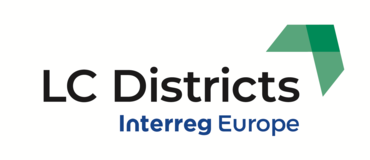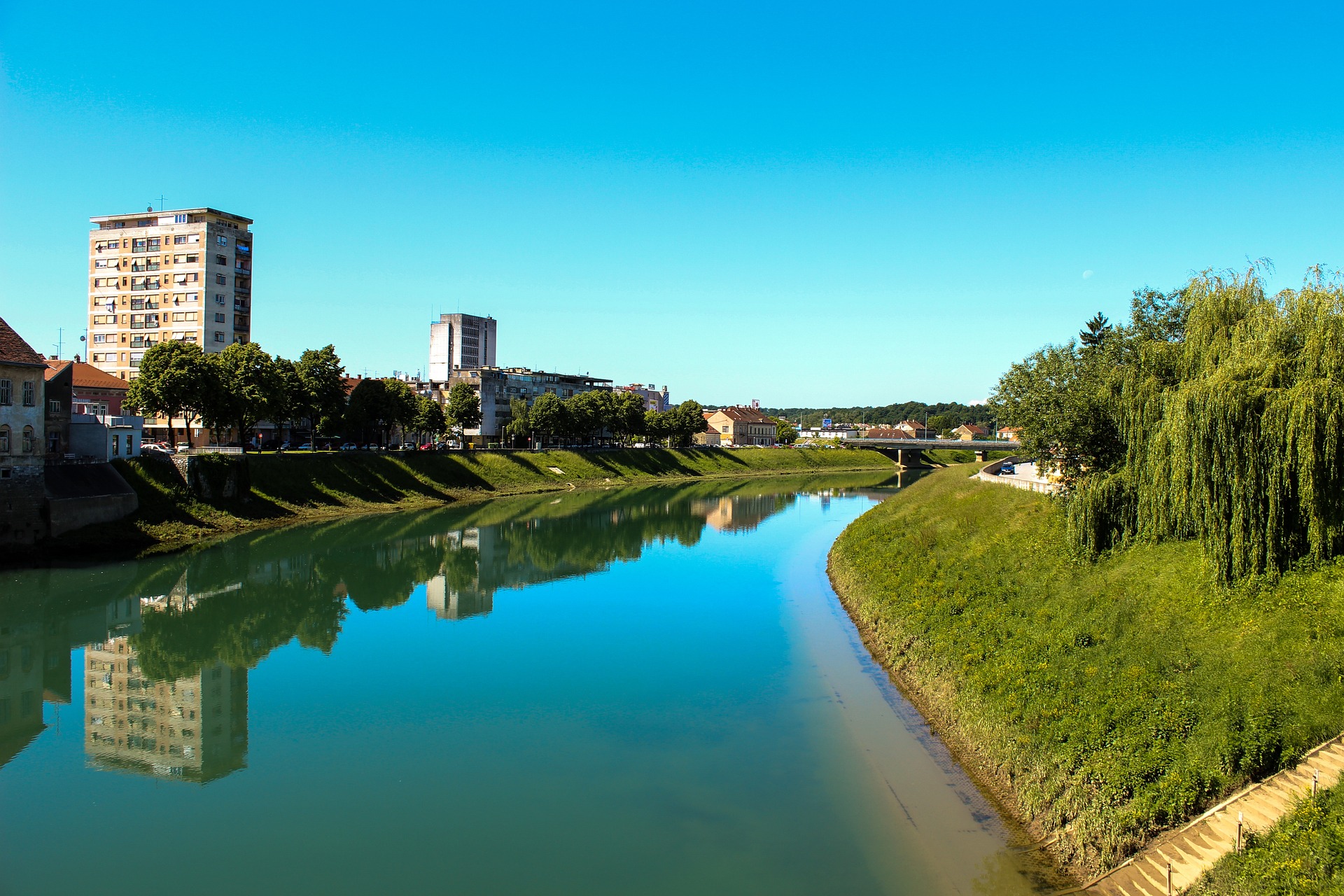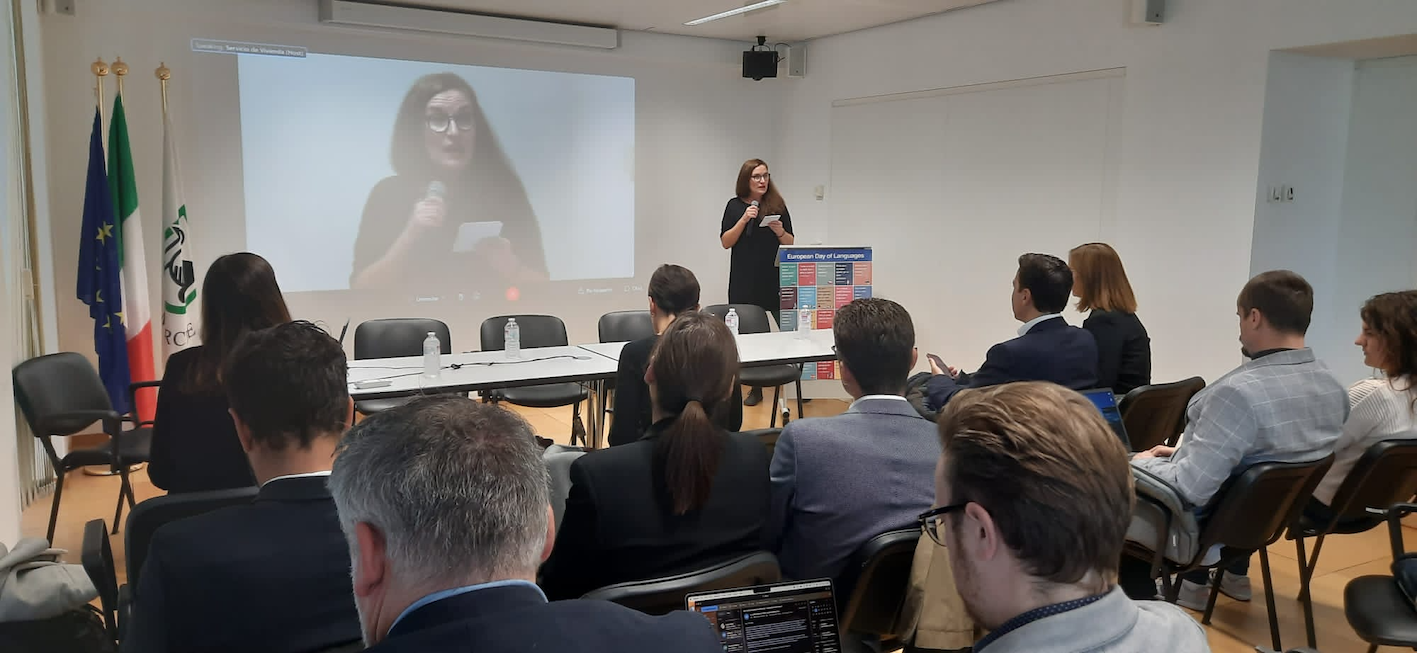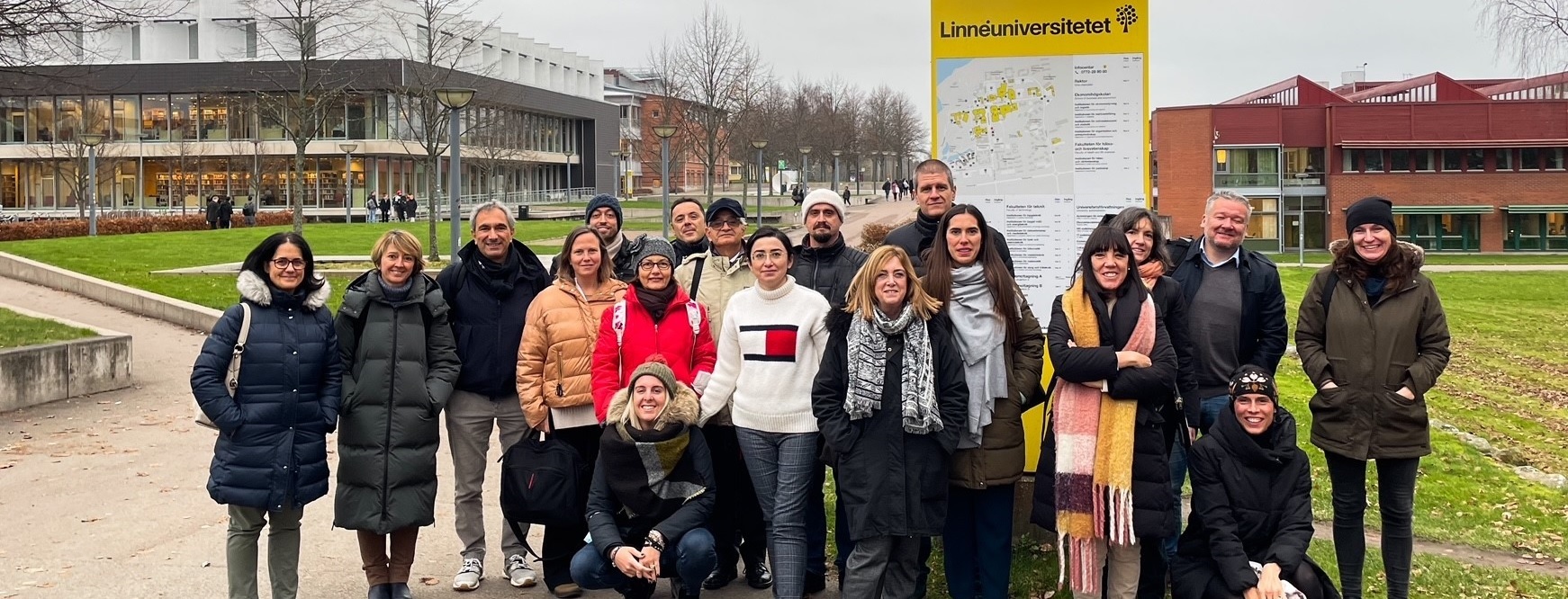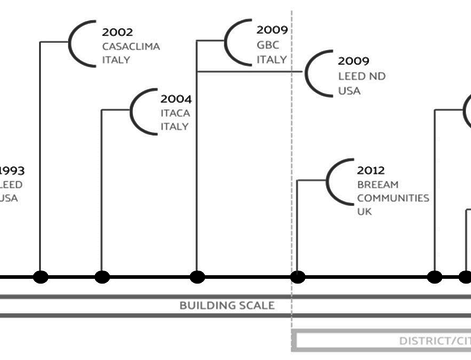Authors: Elaheh Jalilzadehazhari ([email protected]) and Jimmy Johansson ([email protected]), Linnaeus University
The government of Sweden adopted national targets to reduce total energy consumption and mitigate environmental impacts. The targets demand a reduction in total energy consumption by 50% until 2050. In addition, the government of Sweden passed legislation to achieve 100% renewable electricity production along with net zero greenhouse gases by 2040 and 2045, respectively.
Currently, the residential sector in Sweden accounts for 40% of total energy consumption. Multifamily house buildings gain a great importance, because there are about 2.44 million multifamily house buildings in Sweden, which corresponds to 55% of the all residential buildings. A large share of these buildings was built in so-called million home program and need a major renovation. Renovating these buildings together with installation of solar heating and photovoltaic system can increase the share for using renewable energy resources and thereby decrease total energy consumption by more than 75% in Sweden. Furthermore, renovating the Swedish multifamily house buildings decreases the final energy cost by 70% and mitigates environmental impacts by 77%. Additionally, renovating multifamily house buildings can improve indoor climate which contributes to improved health and wellbeing.
Approximately, 40% of the multifamily house buildings in Sweden belong to municipal housing companies while the rest is equally shared by private companies and co-operative housing associations. Implementing the energy-efficient renovation is rather low in co-operative housing associations. This occurs due to the existing barriers at the individual, organizational and societal level.
Another barrier is the knowledge gap between academia and industry, which hinders implementation of new and innovative tools, methods and technologies in renovation practices. The latest barrier becomes more illustrated when dealing with strategies related to sustainable building renovations. Following the European framework for sustainable buildings (LEVELs), one should evaluate several indicators in order to ensure sustainable performance of buildings after renovations. This framework does not set common performance targets for all countries; instead, it focuses on “what” and “how” to measure to establish a common language of sustainability. The indicators are related to indoor comfort and occupants’ health, as well as economic and environmental performance of buildings. However, improving one of indicators can have a negative impact on other indicators. For instance, installing highly efficient renewable energy supply systems can increase investment costs. Similar barriers can be seen when attempting to achieve national environmental certifications for buildings such as Miljöbyggnader (Swedish green building certification) or NollCO2. Although, new methods were developed to assist stakeholders during decision-making process, their application requires some level of knowledge and expertise. To fill the knowledge gap, there is a need for close collaboration between academia and industries. Any such collaboration assists in i) adopting decarbonisation strategies in building sector by using innovative and new tools, methods and technologies, and ii) increasing the competence of experts, who work within the building industry. The READY project is a good example to show the role of a strong collaboration between academia and industries when implementing energy measures in renovation for multifamily house buildings. The project started by evaluating the energy performance of 313 apartments, built in 1960. Later, the profitability of various energy renovation measures were analysed in order to find suitable solutions. Accordingly, the collaboration helped to reduce the total energy consumption of the apartments by 47.5% (from 160 kWh/m2 to 84 kWh/m2).
In 2019, the government of Sweden launched four collaboration programs to further strengthen collaboration between business, academia and the government. The collaboration programs aimed to strengthen Sweden's global innovation and competitiveness and meet the major societal challenges, such as climate change, digitalization, competence provision, and health. Accordingly, financial resources became available to grant outstanding projects, which are based on collaborations between academia and industries, including building industry.
